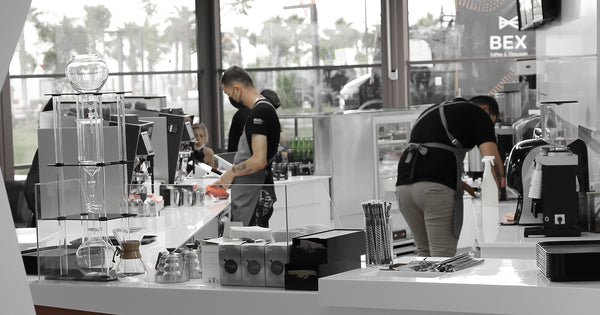
Espresso literally means "pressed" (pressed outwards) in Italian. It is a type of coffee made with pressure and press.
Towards the end of the 19th century, an inventor named Angelo Moriondo invented the first espresso machine in Turin, Italy. He completed his invention by applying steam power directly to the coffee and received his patent in 1884. However, since coffee did not taste good when brewed in this way, it was not popular and the search continued. In 1901, Italian engineer Luigi Bezzera improved Moriondo's machine and invented a machine that could brew coffee by applying pressure on the water, not the coffee. He completed the first known coffee machine by obtaining his patent on April 28, 1903. In the same year, Desiderio Pavoni bought his patent but continued the Bezzera name. In 1905, Pier Teresio Arduino founded the Victoria Arduino company in Italy and developed the machine in this field and increased its temperature values and capacities. In 1934, Francesco İlly made the first automatic pressure and dosage control machine called "İlletta", which can be considered as the first of today's dosage control and automatic machines. In 1946, Achilles Gaggia developed a serially high-capacity air-steam machine and took its place in the history of the espresso machine. Thus, it has evolved to the present day with different brands.









